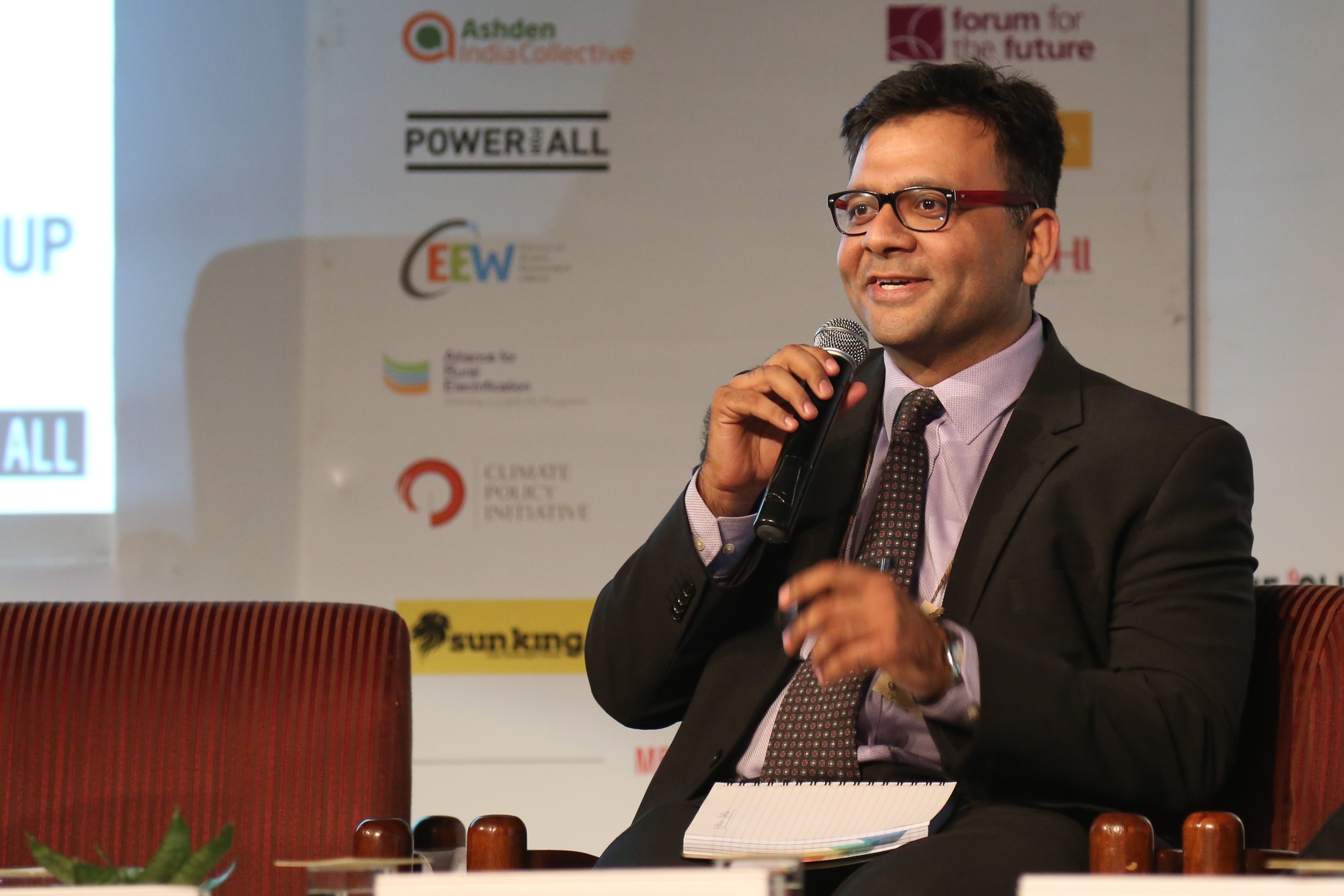Data monitoring and analytics of the solar PV assets is the key to success of energy access programs across the World.
Microgrids -- distributed systems of localized generation, distribution network, and load -- are being increasingly deployed particularly in rural areas of emerging and under-developed countries to achieve energy access. India has been a pioneer in rural microgrids since the 1990s, however, there is significant progress to be made despite rapid advancements in technologies like solar PV, energy storage and affordable LED lighting solutions. India Energy Storage Alliance (IESA) estimates that India has installed over 2,000 AC microgrids of over 5 kW by 2016 and over 10,000 DC microgrids with the majority sized at less than 1 kW.
Initial funding in the sector was made by the national and state governments in form of subsidies and also in form of grants by international organizations such Asian Development Bank (ADB), the World Bank, USAID, and others. This funding encouraged many entrepreneurs to implement their unique ideas for electrification through various off-grid technologies. Following the grants, several institutions and foundations such as Rockefeller Foundation introduced soft loans in this sector at affordable lending rates. It is not reported though, but not every asset is providing expected returns and these assets are not breaking even in a period of 10 years.
The enthusiasm of entrepreneurs and local government agencies working as project developers has yet not conquered the challenges in the fields and hence funding in form of grants and soft loans have rarely scaled in the form of private investments. Evermore funding in the form of soft loans, private capital and equity is required to plug the funding gap. Over US$49 billion a year until 2030 would be needed to achieve energy access across the world. Out of this, ADB has quoted that only US$9 billion of funds are available globally. Well, the business risks here can be easily classified as financial collection risks and asset performance risks. However, the challenges around the performance of assets will be more difficult to address at this point in time.
Growth restraints include poor visibility of performance
There are many challenges that have restrained growth in this sector including numerous financial, technical and social limitations. Different funding agencies have mentioned that most of the technical challenges are not yet known to them. Project operators on several occasions do not have clear answers themselves to recognize why microgrids are prematurely failing or operating at lower efficiency. Interestingly, funding agencies, investors and equipment suppliers are often surprised by news of the sudden failure of assets or technical audits reporting the poor functionality of microgrids. As could be predicted, these microgrids are manually monitored or not monitored at all. And hence, the inaccessibility of data, in this case, has led to a lack of analysis and knowledge generation.
In many of the cases, project owners and operators are not be blamed as poor telecom connectivity and the high cost of remote monitoring at remote locations has plagued data acquisition and analysis. The international Microgrid Initiative for Campus and Rural Opportunities (MICRO) is working with different remote monitoring hardware suppliers to bring down the costs by simply bringing economies of scale and developing cheaper products for rural microgrids and for areas with limited telecom signal accessibility.
In this regard, IESA has collaborated with the European Space Agency (ESA) to bring satellite communication technology as an alternative solution. ESA is now launching a new invitation to support feasibility studies that identify and explore business opportunities for deploying services based on satellite communications, earth observation data, and/or other space assets to support the decentralized management of microgrids in India and other developing countries. The study is expected to culminate in a funded microgrid pilot project demonstrating the potential of the above services.
An IoT for a fragmented and unorganized sector
The other challenge is that the sector is fragmented and unorganized, which is leading to its inefficacy. This, in turn, is causing roadblocks for social and technological innovation at the very bottom of the social pyramid, leading to microgrids and related off-grid solutions becoming an expensive affair.
In this context, a need for a platform to bring transparency and innovation to the system has been recognized. Customized Energy Solutions, a leading energy services company, has developed an initiative under the India Energy Storage Alliance that looks to provide the rural consumer with affordable and reliable power. The Microgrid Initiative for Campus and Rural Opportunities (MICRO) has set a goal of reducing the cost of electricity in rural microgrids by 30.0% within the next 3 years through innovation and collaboration across stakeholders.
At the heart of MICRO lies an IoT (Internet of Things) based portal which incorporates a remote monitoring platform with supply, demand, and funding aggregation capabilities. The portal is a unique multi-stakeholder platform that allows the industry to work as a bazaar where different stakeholders like project developers (or ESCOs), funding agencies and equipment suppliers can communicate with each other, realize future business opportunities and validate the performance of current assets. MICRO is looking to involve a variety of stakeholders, namely technology providers, regulators, microgrid developers, end-users through local not-for-profit organizations and funding agencies in its effort to make microgrids techno-commercially sustainable and link electricity to economic development.
The microgrid is much more than a solar generation plant
The operation of a microgrid has evolved as a multifaceted task that involves the dedicated upkeep of various components. The activities here revolve around the maintenance of the generation plant, network planning, and expansion, customer acquisition, billing, and recovery. The early-stage expansion has red-flagged many issues in these grids such as voltage drop, the inability of serving high inductive loads and reliable power output. The stakeholders in this industry would need to think beyond the microgrid as just a solar generation plant and provide a complete set of diagnostic and analytical tools to microgrid developers and operators in order to achieve the target of energy access in India through over a hundred thousand microgrids in India.












